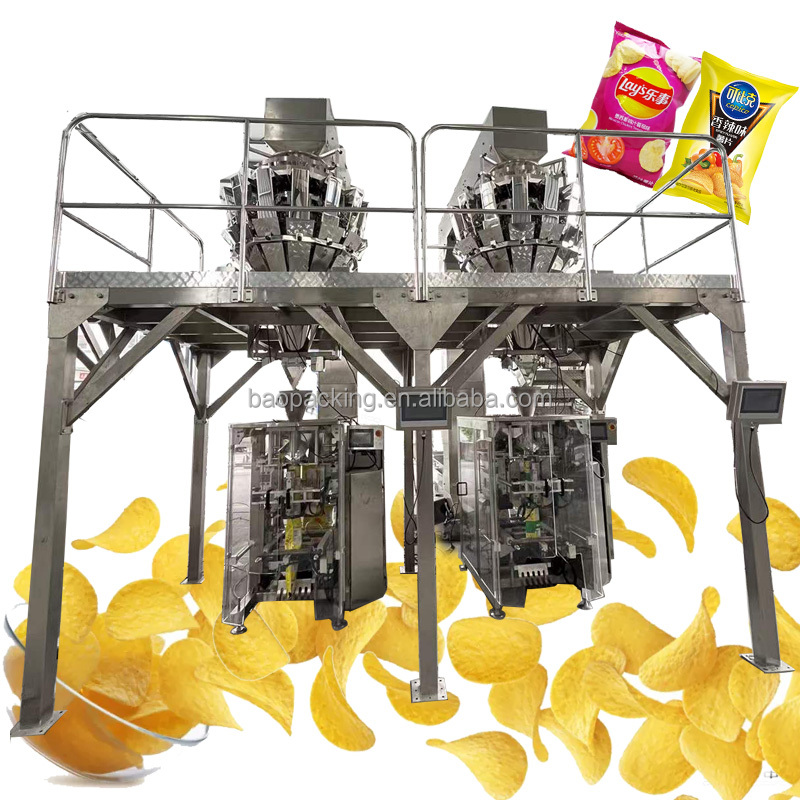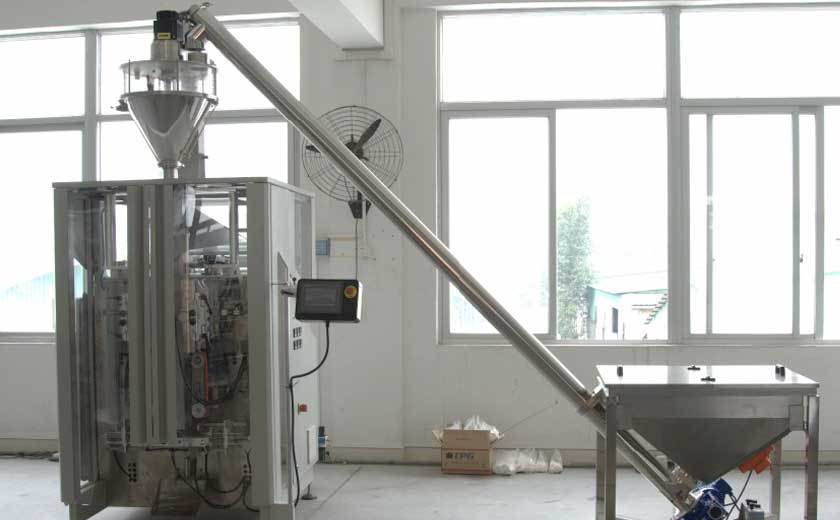The Environmental Impact of High-Speed Flow Wrap Machines
The escalating demand for packaged goods has propelled the widespread adoption of high-speed flow wrap machines, automating the packaging process for various food, beverage, and pharmaceutical products. While these machines enhance production efficiency, they also present significant environmental concerns that warrant careful consideration. This article delves into the environmental impact of high-speed flow wrap machines, examining various aspects and their implications for sustainable manufacturing.
Energy Consumption
High-speed flow wrap machines consume substantial amounts of electricity to power their motors, heating elements, and other components. The continuous operation of these machines can lead to high energy consumption, contributing to greenhouse gas emissions and increased operational costs. Energy-efficient technologies, such as variable speed drives and regenerative braking systems, can help mitigate energy consumption and reduce the environmental impact.
Waste Generation
The use of plastic films and other packaging materials in flow wrap machines generates a considerable amount of waste. These materials often end up in landfills, contributing to soil and water pollution. Additionally, the disposal of plastic films can release harmful chemicals into the environment. Sustainable alternatives, such as biodegradable films and reusable packaging, can help minimize waste generation and reduce the environmental footprint.
Chemical Emissions
High-speed flow wrap machines can emit volatile organic compounds (VOCs) and other chemicals during the heating and sealing process. These emissions can contribute to air pollution and have potential health implications. Proper ventilation and the use of low-VOC adhesives and inks can help reduce chemical emissions and create a cleaner working environment.
Noise Pollution
The high-speed operation of flow wrap machines can generate significant noise levels. This noise can create a nuisance for workers and nearby communities, disrupting work environments and potentially leading to hearing damage. Noise-dampening enclosures and the use of quieter machines can help mitigate noise pollution and improve the overall working environment.
Water Usage
While not as significant as other environmental impacts, high-speed flow wrap machines can consume water for cooling or cleaning purposes. Water conservation measures, such as efficient cooling systems and water-saving cleaning procedures, can help reduce water usage and minimize the strain on water resources.
The environmental impact of high-speed flow wrap machines is a multifaceted issue that requires comprehensive attention from manufacturers and policymakers. By implementing energy-efficient technologies, adopting sustainable packaging materials, reducing chemical emissions, mitigating noise pollution, and promoting water conservation, we can minimize the environmental footprint of these machines and contribute to a more sustainable manufacturing industry. Collaborative efforts and the adoption of best practices are essential to ensure that the benefits of flow wrap machines come without compromising the health of our planet.
-
Overview of Packaging Machine Buying Guides
08-01-2024 -
How Does a Vertical Form Fill Seal Machine Work?
30-10-2023 -
Advancements in Auger Powder Filling Technology
27-10-2023 -
A Deep Dive into Automatic Packaging Machines
26-10-2023 -
The Revolutionary Fully Automatic Potato Chips Packaging Machine
20-09-2023 -
How to choose the right packaging machine?
23-08-2023 -
Reducing Waste And Maximizing Yield With Multihead Weigher Machines
15-03-2023 -
Nuts Packaging Machine for Dry Products Perservation
26-11-2022 -
Is Automated Biscuit Packaging Machine Better Than Manual Opeartion?
25-11-2022













